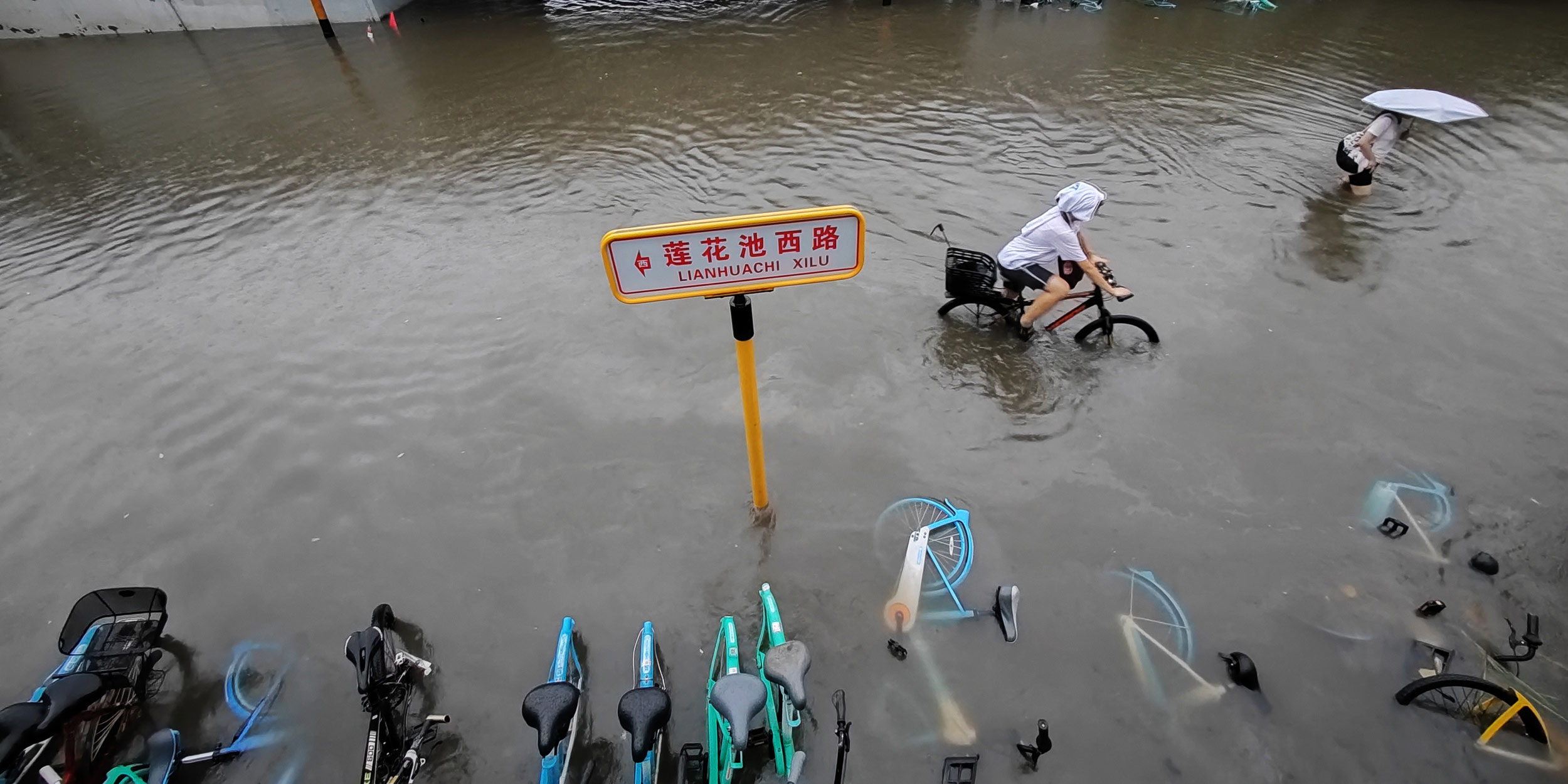
China Braces for Summer of Northern Floods and Southern Droughts
Amid mounting global climate pressures, Chinese authorities are warning of a more extreme year ahead, one likely to be marked by frequent and severe floods.
The Ministry of Ecology and Environment reported in late June that 2024 was China’s warmest year in 64 years and saw the most major river floods since 1998.
But 2025 could be more challenging, the report added.
The Ministry of Water Resources warned that this year’s flood season would last longer, with vulnerable northern river basins at risk of sudden, intense impacts.
“China entered flood season on March 15, 17 days earlier than average,” said Yan Peihua, a senior official at the ministry, in an interview with state broadcaster CCTV earlier this month. On July 1, China’s peak flood season began, the Ministry of Water Resources announced.
At a briefing the same day, the ministry predicted a nationwide pattern of northern floods and southern droughts through July and August. Most flooding is expected to occur in small- and medium-sized rivers, where water levels can rise quickly with little warning.
“Some northern rivers haven’t seen major floods for years. They’re heavily silted and have limited capacity to handle high water, so levels can rise rapidly once flooding begins,” explained Zuo Haiyang, another official from the Ministry of Water Resources, in the same interview with CCTV.
Zuo oversees management of the Song-Liao River Basin, a major northern watershed considered high risk for flooding this year. He also noted that flood defenses along small and medium rivers in northern China remain weak.
Over 300 rivers across 22 provinces have already seen water levels rise above warning thresholds this year, Yan added. Nine rivers have experienced record-high flood levels.
In contrast, runoff in the country’s major rivers is currently about 20% lower than the seasonal average, indicating reduced flood risk. Since mid-June, relentless downpours have battered central China’s Hunan province and surrounding areas, displacing hundreds of thousands of people.
In the southwestern Guizhou province, severe flooding in Rongjiang County — once famed for its rural soccer league — pushed water levels to their highest since 1954, forcing over 80,000 to evacuate.
The July 1 briefing also announced that flood warnings should be stepped up to ensure alerts reach every official, household, and individual.
To address drought conditions, the ministry reported that China’s 9,520 reservoirs currently hold 471.8 billion cubic meters of water — 12% above average — and will be used to support irrigation in key areas, including rice fields in the middle and lower Yangtze River region, and spring crops in the northwestern Xinjiang Uyghur Autonomous Region.
In addition to the wet north and dry south trend, a strong typhoon is also forecast to affect northern China, the China Meteorological Administration said in a June 27 briefing.
In addition, the country is likely to witness two or three typhoons in July, which is above the seasonal average, the administration added.
Editor: Tom Arnstein.
(Header image: A cyclist crosses a flooded road in Beijing, August 2024. Pang Zhengzheng/VCG)










